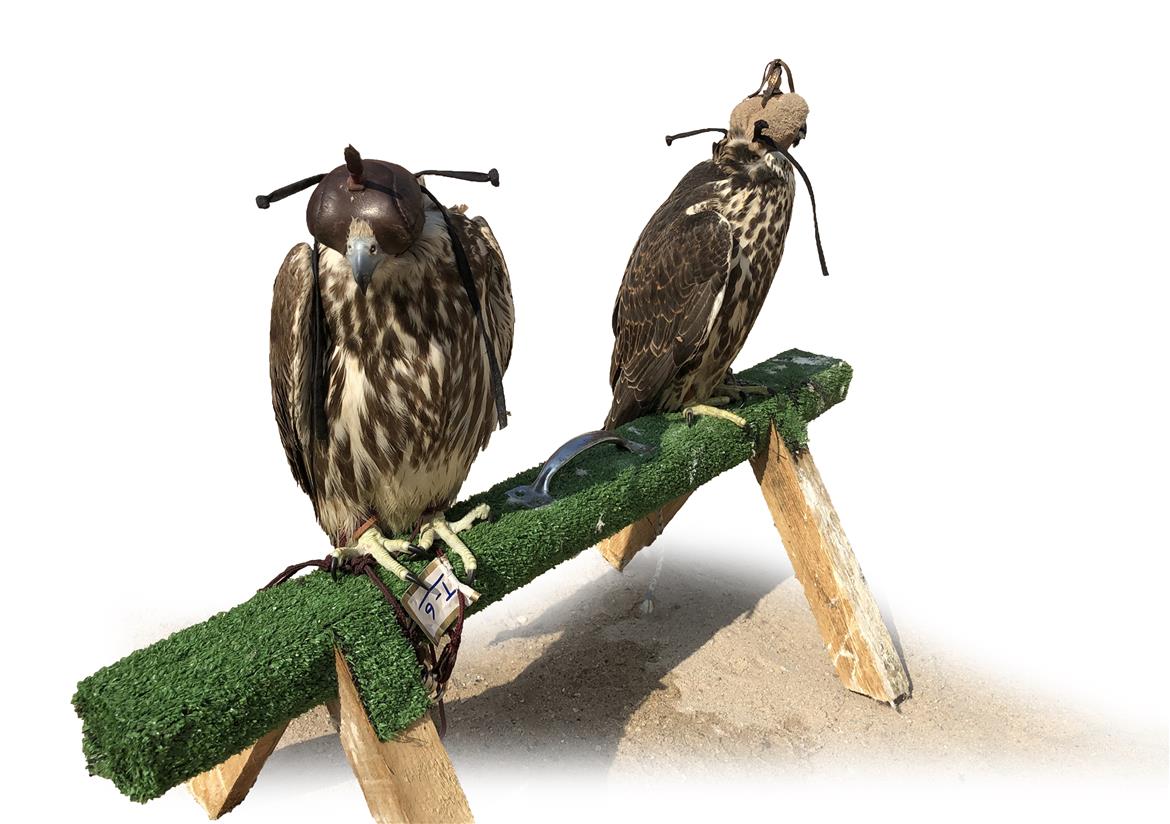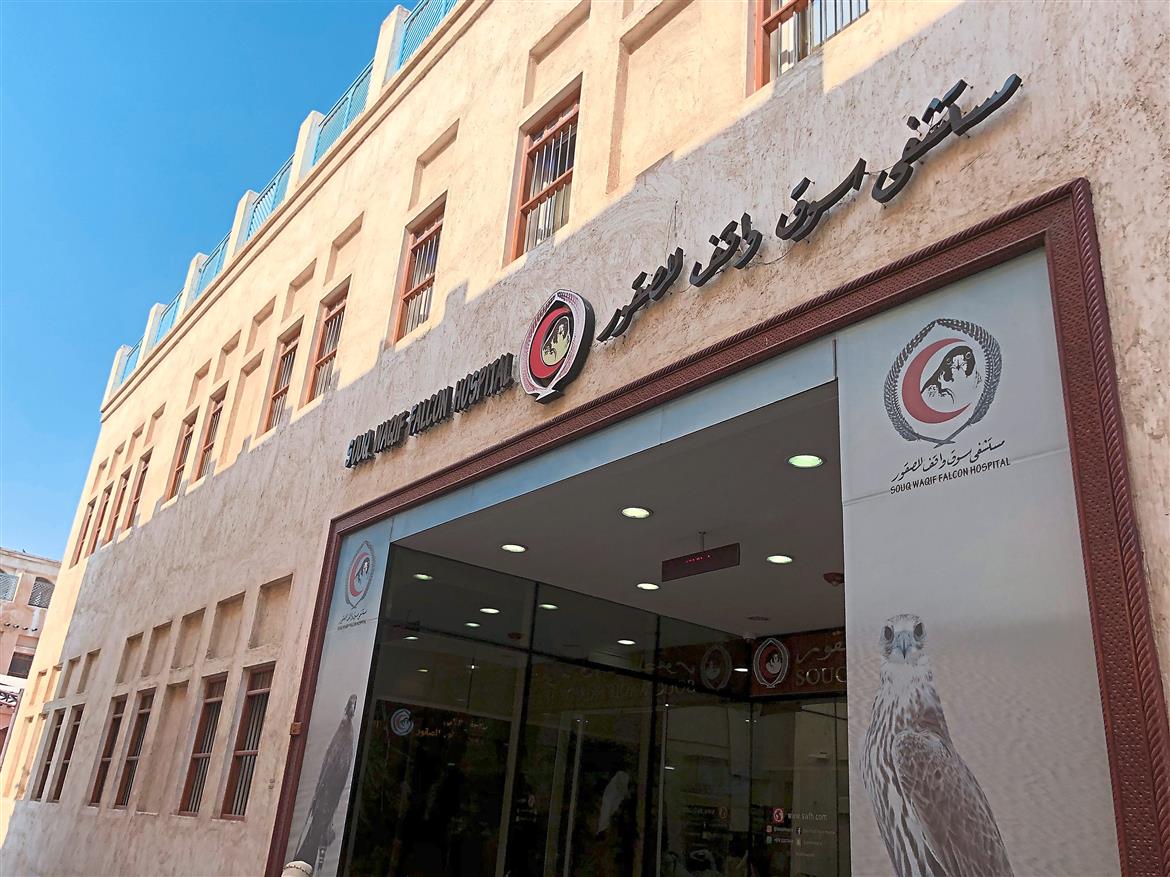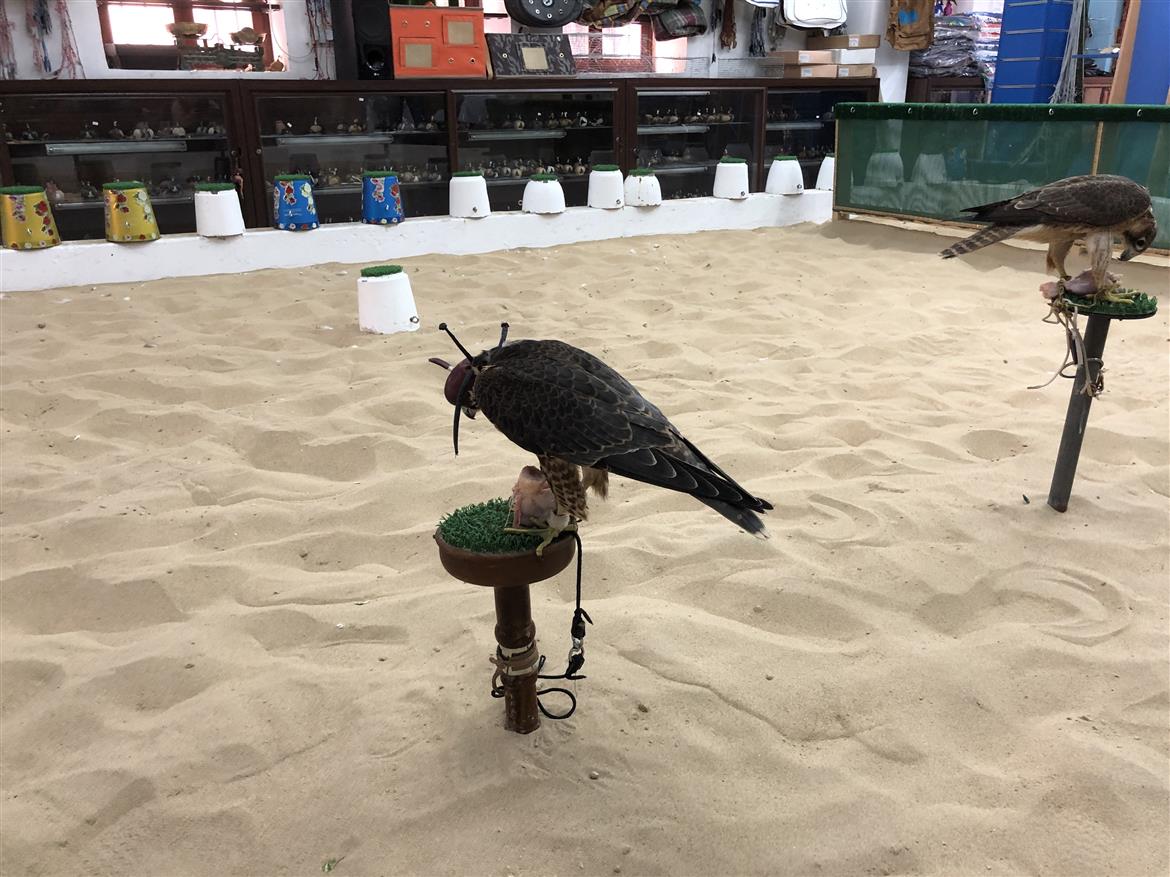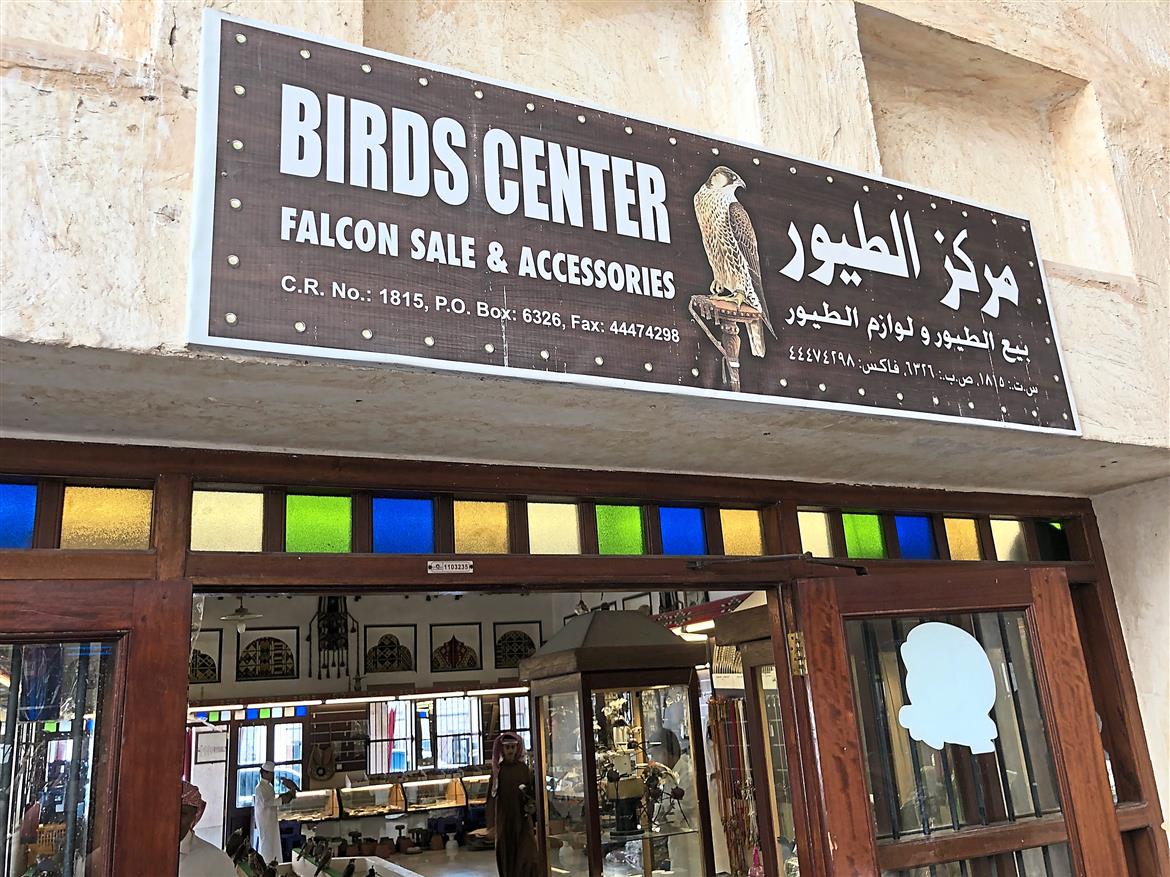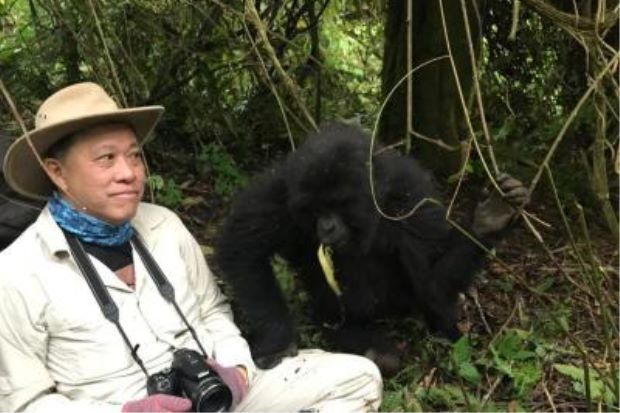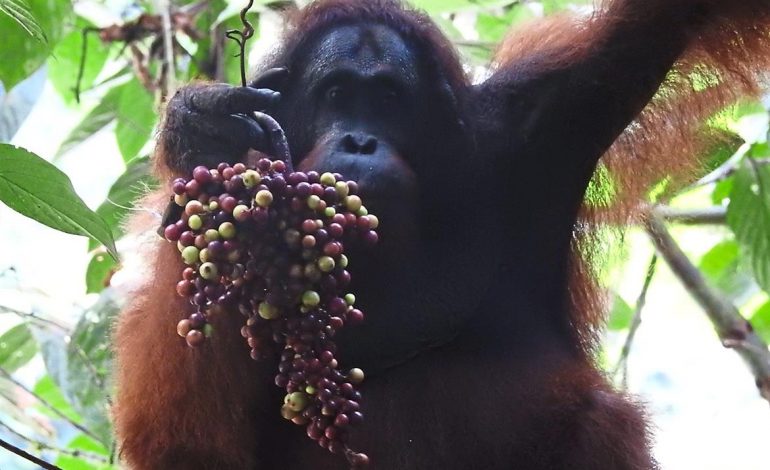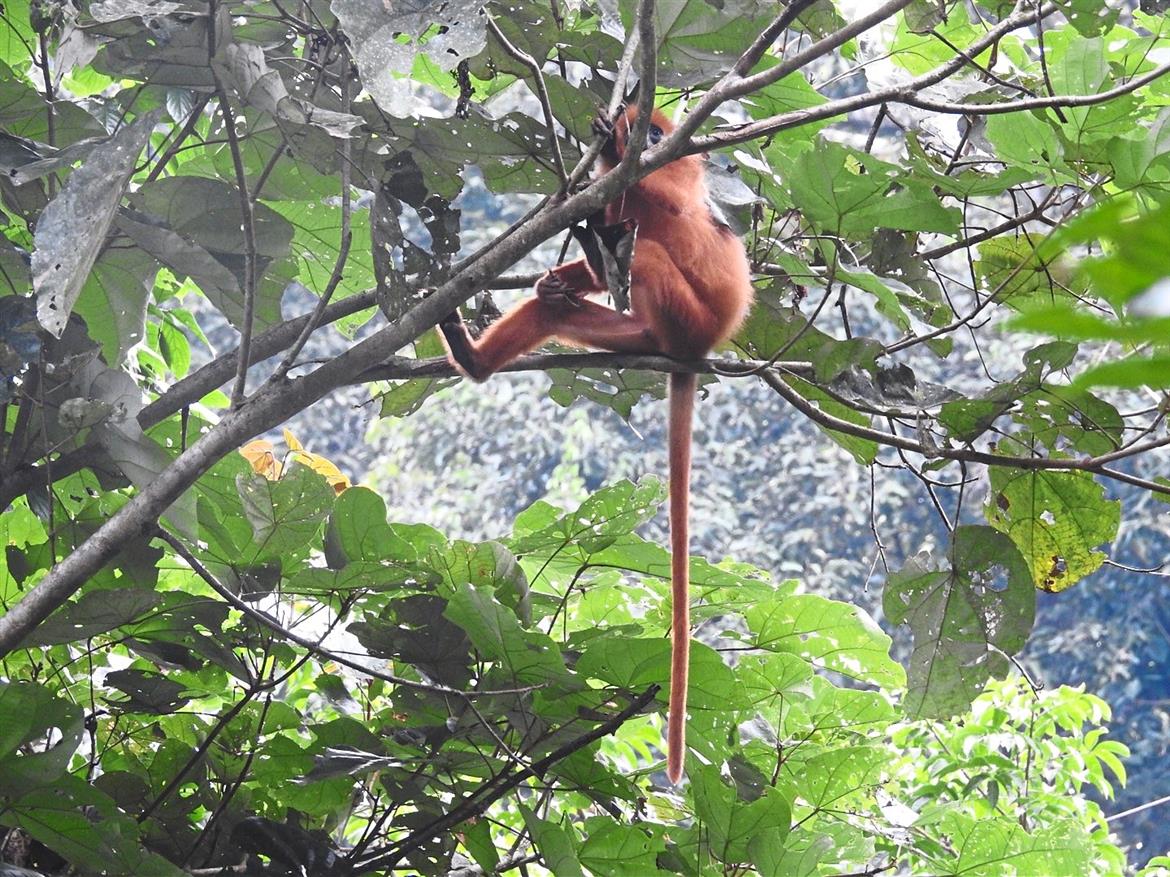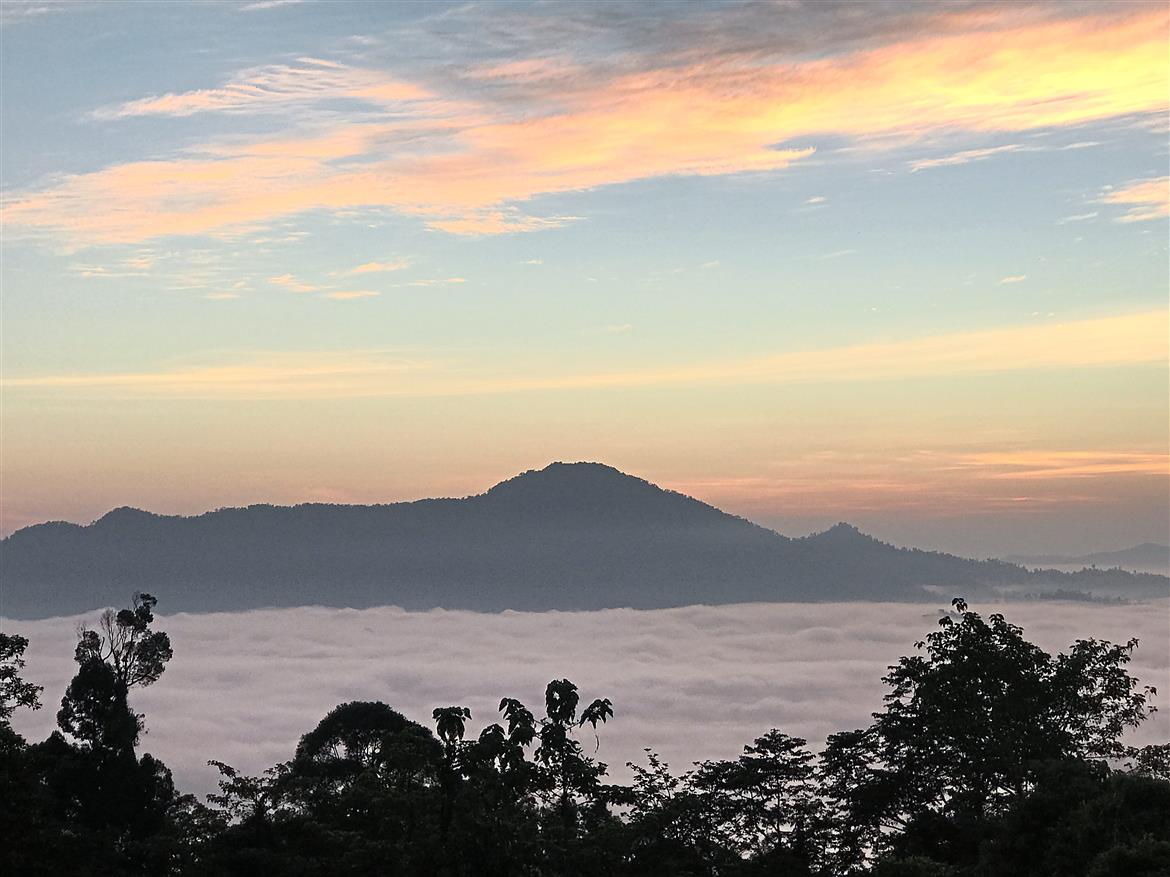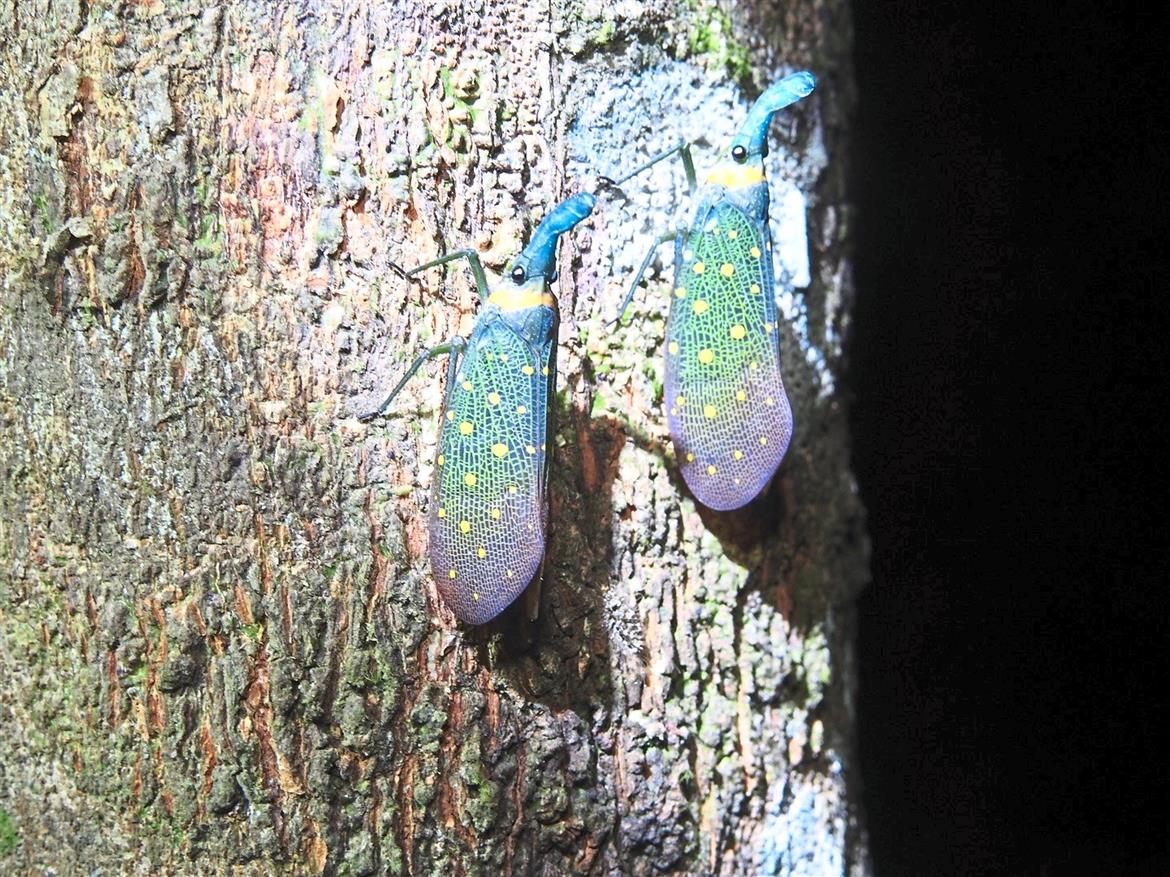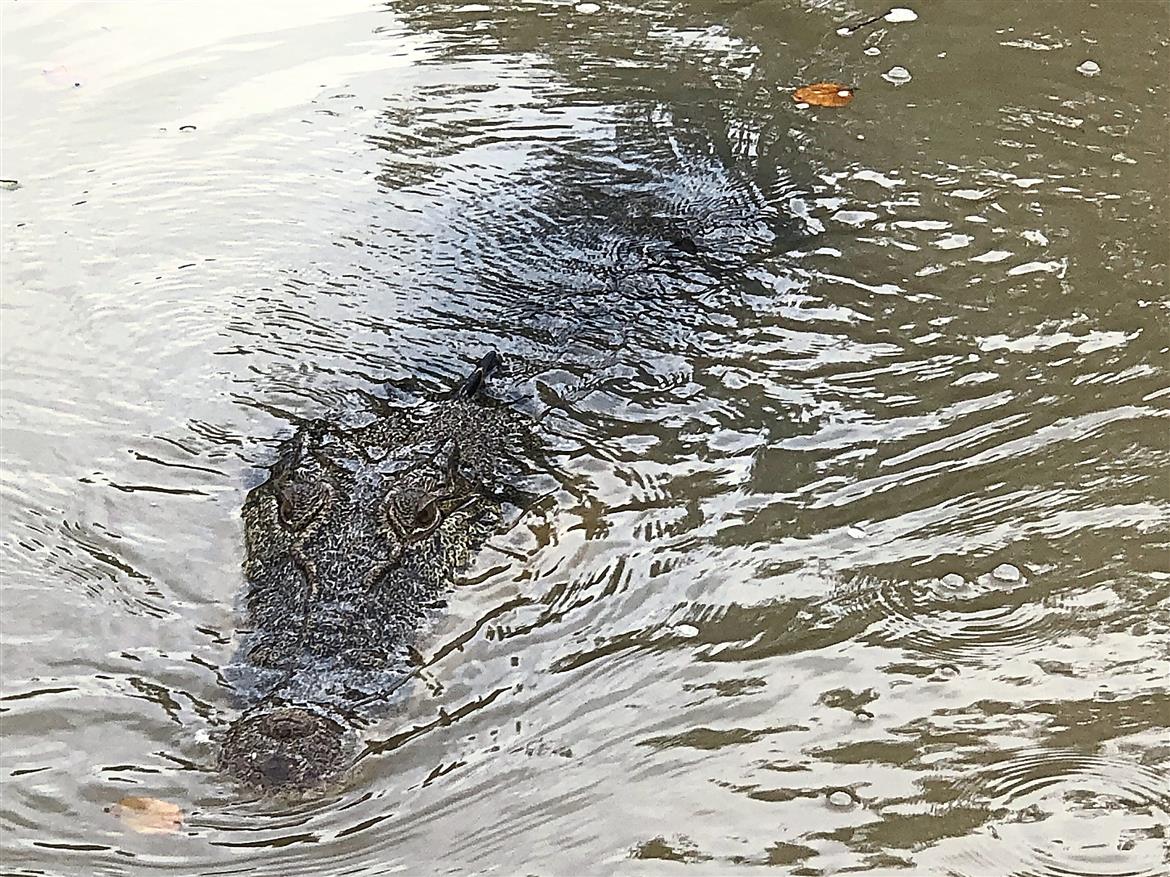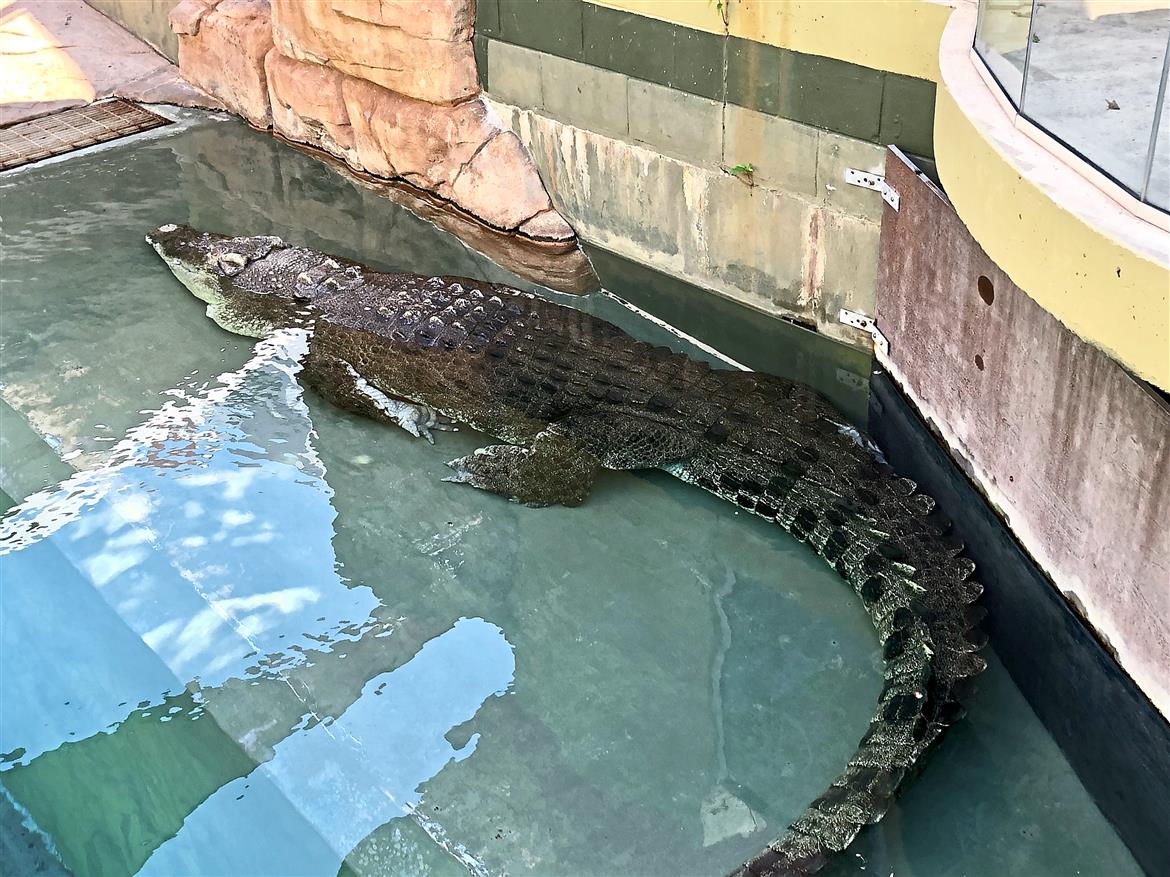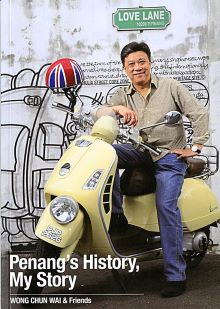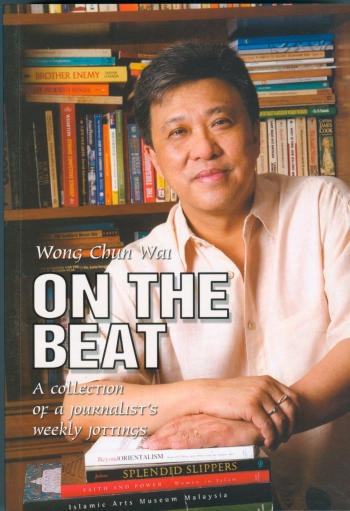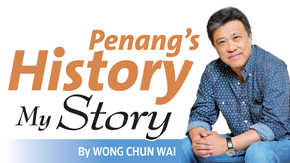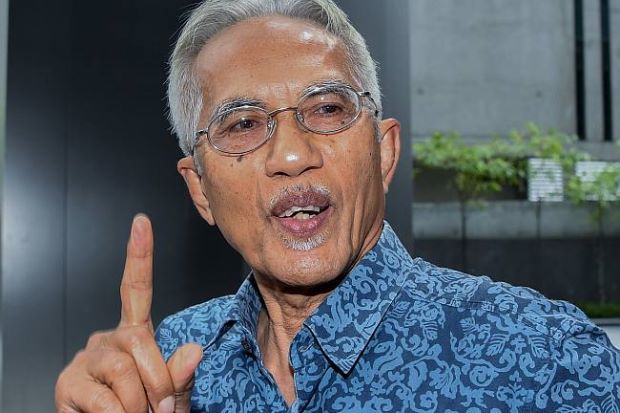
A political year will soon be up, so the honeymoon’s truly over. How has New Malaysia’s government fared? With the indiscretions rolling out, that’s coffee shop talk right now.
DATUK A. Kadir Jasin (pic) is no ordinary journalist. He’s not just a highly respected veteran newsman with many accolades, but special advisor to the Prime Minister, too. He is also a supreme council member of Parti Pribumi Bersatu Malaysia.
So he is close to the powers that be, but unlike the politicians in his party, the 71-year-old is still very much a newsman, so ink probably still runs through his veins.
And some would say, Kadir has always been frank, but last week, he went a notch further. He was brutal, to be more specific.
He must have been inundated with phone calls and messages for having likely stepped on many toes, especially those of Cabinet members. Writing in his personal blog last week, he said the Prime Minister’s move to create the Economic Action Council could be due to his machinery’s inability to take care of Malaysians’ needs.
He said there were “implicit and explicit” reasons behind Tun Dr Mahathir Mohamad forming the EAC.
“The explicit reason is Dr Mahathir needs a special body to scrutinise and decide on matters related to pertinent and urgent issues about the economy, finance and welfare of the people. The implicit reason is that the PM is directly admitting that the current machinery, especially the Cabinet, is not enough to handle the issues mentioned.
“We don’t need to pretend merely to protect the feelings of anyone or any party. The reality is that after eight months governing the country, the Pakatan Harapan administration has not produced any tangible result for the public to feel it,” he wrote.
Kadir said the country’s financial and economic situation was already challenged due to the damaged legacy of the Barisan Nasional government.
He said there was no need “to beat around the bush” as many Malaysians were becoming disappointed with the government’s performance, and that of its Cabinet ministers and civil servants.
“I know many people know that the PM himself is not too happy or satisfied with the performance of the Cabinet ministers. It can be said that every time he meets the people and reporters, he is constantly asked about the competency of the ministers, ministers who rarely go to the ground, those who often take selfies with their officers, ministers who are hard to meet or those who aren’t truthful about their personal matters,” he added.
I disagree with his assessment that the EAC was set up because the Cabinet hasn’t been able to cope with those issues. Like the previous National Economic Action Council, this body has included respected economists and key influencers of the private sector.
It may lack members from the private sector, especially entrepreneurs, and the younger set, but this EAC is a good one that’s perhaps long overdue, especially with the coming two years looking turbulent. No one, not even the PM, has given a clear direction to the country how we intend to sail through these rough seas, and these uncertainties have also generated much concern in business circles.
Our politicians, including key Cabinet members, seem to infer that they are too busy politicking to draw up clear policies.
But Kadir is right. There is a strong sentiment that some ministers are not performing, or plainly put, are unable to manage their jobs.
It’s now clear how some of them don’t fit their portfolios, not because they aren’t clever or are incapable, but perhaps it isn’t aligned with their abilities, interests, social skills or even personalities. It’s a mismatch, and as the first anniversary of the Pakatan Harapan government in May approaches, the perception is that the first PH Cabinet was hastily cobbled together with insufficient thought, the effects of which can now be seen.
A couple of ministers are still in opposition mode and out to settle old scores, remaining shackled to the past. Names have also been bandied in Putrajaya of ministers who brushed aside the senior government officers in their ministries, and in some instances, allegedly doing so through racial prejudice and bias.
Kadir, as an adviser, has obviously informed Dr Mahathir of the ground-level grumbling and its steady increase in volume. There are two layers of resentment – the powerful political and business elites, a lot who think that not enough has been done.
Yes, reforms to the various institutions, crackdowns on corruption and wider involvement of Malaysians in key government roles, have brought fresh changes, but that won’t pay the bills because the economy is in dire straits.
At the lower end of the workforce, salaried workers, Felda settlers, farmers and low-ranking civil servants are struggling to make ends meet. They aren’t interested in inherited problems and additional corruption charges against Datuk Seri Najib Tun Razak because they are more worried about putting food on the table for their families.
The PH government surely should know by now why Najib has gained the support of lower income Malaysians, and what should worry PH is that most of them are Malays from both urban and rural areas.
In the 2018 general election, only 25-30% of Malays voted for PH, according to the Merdeka Center while 35-40% voted for Barisan Nasional and 30-33% supported PAS. So that explains the impact of Umno and PAS working together.
On the other hand, about 95% of Chinese voters chose PH, or more specifically, the DAP, and 70-75% of Indians voted for PH. Malay leaders in PH have privately admitted that the 25-30% from the Malay votes have declined since then. If this 20-35% is enough to cause the Barisan fall, think about the consequences if the decline continues.
Recently, DAP leader Lim Kit Siang disputed a survey claiming that nearly 60% of Malays were not happy with the performance of the PH government. He said the survey didn’t reflect the true situation.
“Ilham Centre/Penang Institute survey cannot be a correct reflection of the situation in the country as not even 1% of non-Muslims in any survey will believe that non-Muslims are now in control of the government and that DAP is calling the shots in Putrajaya,” the DAP adviser said in a statement on Feb 2.
Lim was responding to a report on a joint survey conducted by independent research firm Ilham Centre, said to be linked to some Parti Amanah Negara leaders, and Penang Institute, a think tank funded by the Penang government. They found that 60% of the respondents believed that non-Muslims were now in control of the government and that the DAP was running the show. The survey interviewed 2,614 Malay respondents between Oct 24 and Dec 24 last year.
Lim said if a similar survey were to be conducted among non-Muslims, then a substantial number of non-Muslims would be very supportive of the government since they are now supposedly in control of the government. But this is far from being the real situation.
Unfortunately, though, politics isn’t about human rationality, as Yuval Noah Harari wrote in his best seller, 21 Lessons for the 21st Century.
“If democracy were a matter of rational decision making, there would be absolutely no reason to give all people equal voting rights – or perhaps any voting rights. There is ample evidence that some people are far more knowledgeable and rational than others, certainly when it comes to specific economic and political questions.
“In the wake of the Brexit vote, eminent biologist Richard Dawkins protested that the vast majority of the British public – including himself – should never have been asked to vote in the referendum, because they lacked the necessary background in economics and political science,” he wrote.
And in Malaysia, the sad reality is that the race and religion cards work, and politicians, even those in PH, have regularly used them to win votes. It may be news to some non-Malays but there are many Malays who are not happy that the Chief Justice and Attorney-General are not Muslims, fearful that the rights of Muslims would be affected. The euphoria of a supposedly New Malaysia is now turning out to be a mirage after all, and in the battle to win or retain Malay votes, we can expect realpolitik – politics based on practical objectives rather than on ideals – to rear its head.


